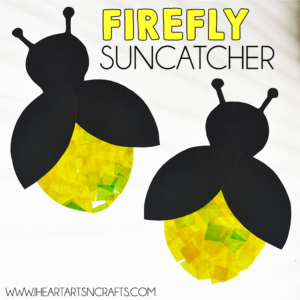What Should I Do When My Kids Are In The Water?
- Make sure inexperienced or weak swimmers stay within arm’s reach of an adult. Young but experienced swimmers should stay in pairs.
- Designate an adult to watch the water for a set amount of time. Rotate however often feels comfortable ie. every 15 minutes so the designated adult is less likely to get distracted and gets to enjoy the day.
- Avoid distractions such as books, phones, magazines, or loud music when you are the primary adult responsible for watching the swimmers.
What Are Some Pool Safety Tips For Kids?
- Make sure there is a clear line of sight from your house to the pool. Preferably from a room you spend a lot of time in.
- Install a fence around the pool, preferably between four and five feet tall. Make sure that any gates do not have child friendly latches.
- Keep electrical appliances away from the pool area.
- Store pool chemicals safely in an area that is inaccessible to children. Take the time to explain to your children that chemicals are not safe to be used by children rather than just telling them not to touch them.
- If you have a small kiddy pool, make sure you empty it and flip it upside down immediately after use. Store the pool outside of your children’s reach.
What Are Some General Swimming Safety Tips To Remember?
- Never leave children alone in or around the water.
- Don’t let children swim during inclement weather.
- Never replace a lifejacket with pool toys or water wings.
- Don’t allow gum chewing or eating while swimming, diving, or playing in the water.
- Keep a first aid kit on hand while swimming.
- If you’re swimming with someone else’s child, make sure to have emergency phone numbers beforehand.
- Learn CPR if possible.
- Don’t pressure children to swim when they aren’t ready.
- Remove toys and floats from the pool immediately after swimming. Children may be tempted to reach in to grab the toy while unattended.
Discuss the importance of swimming and pool safety with your children as well! To children, the pool and the beach are so exciting so wanting to run right in without looking back is only natural. Take the time before you have the pool or the ocean within view to talk to your child about the importance of safe swimming in a way that they will understand for their age. Waiting until you are at the pool or the beach will make it a lot more difficult for your child to really receive the information. Stay safe and have fun this summer!

























